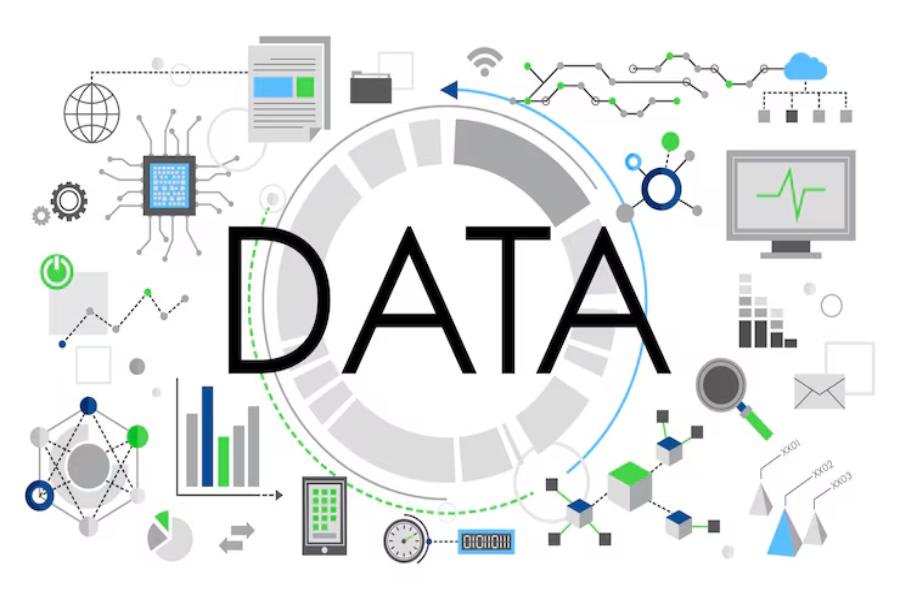Data-driven Hiring: When Math Meets Human Intuition

There was a time when hiring meant gut feelings, handshakes, and intuition wrapped in human warmth. Recruiters relied on experience, on the way someone spoke, on that small spark of connection during an interview. Today, something new sits quietly beside those instincts — data. Data-driven hiring, a method where numbers, algorithms, and analytics join the recruitment process, is reshaping how companies build their teams. It’s not about replacing intuition but enhancing it. Think of it as intuition armed with evidence.
According to LinkedIn’s 2024 Global Talent Trends report, 71% of hiring managers now use some form of data analytics to support their recruitment decisions. That’s a lot of math joining the conversation that once lived in human hearts and hunches.
How Numbers Whisper About Talent
Data doesn’t speak loudly. It whispers—through scores, metrics, and performance patterns. Every resume, online assessment, or personality test becomes part of a silent conversation between numbers and recruiters. Candidate screening software now measures everything: completion times, accuracy, even behavioral tendencies derived from digital interactions.
A recruiter might see a spreadsheet filled with candidate scores. But behind those numbers? A pattern waiting to be noticed. Maybe the fastest test takers aren’t the best collaborators. Maybe those who take longer to respond show deeper comprehension. Math doesn’t interpret emotion, but it does highlight tendencies. The candidate with the best mathematical abilities isn’t necessarily the most suitable. Typically, more responsible and hardworking candidates with a Google problem solver extension can show better results. Today, remembering every numerical operation isn’t necessary; there’s a math solver, and personal qualities often come to the fore.
When Human Intuition Steps In
Imagine two equally qualified candidates. The numbers match. Skills, test scores, experience — almost identical. Yet one walks into the interview room with a calm confidence, the other with sharp nervous energy. Intuition feels the difference instantly. That gut sense, a mix of experience, empathy, and subtle observation, helps recruiters see beyond the measurable.
Data can suggest the likelihood of success; intuition can sense motivation, honesty, or adaptability. The most effective hiring blends both worlds — where math provides structure and intuition fills in the emotional blanks.
Human intuition is especially useful in recognizing cultural fit, understanding motivation, and evaluating soft skills — those tricky-to-measure qualities like communication, leadership, and empathy. A candidate might have a perfect numeric profile but still feel wrong for the role. Numbers won’t notice that discomfort. Humans do.
When Math Becomes the Mirror
Math in hiring doesn’t just measure people. It also reflects the company’s own values. For example, if a firm places heavy numerical weight on technical tests but ignores collaboration metrics, the data-driven process itself shapes the culture — towards cold efficiency or quiet teamwork.
This is where intuition guards ethics. If algorithms rank candidates unfairly, intuition can step in and say, “Wait, that doesn’t feel right.” Biases can hide inside data. Humans, with their moral sense, are still the final gatekeepers.
A 2023 Harvard Business Review analysis found that while data-driven hiring improved candidate retention rates by 18%, companies that relied solely on algorithmic rankings faced a 12% higher turnover within the first year. Numbers alone can be precise — and dangerously narrow.
Data Speaks, Intuition Listens
Recruitment today often looks like a dance — data takes one step, intuition another. Predictive models tell who might perform well; interviews reveal who will stay, grow, and inspire. The recruiter of the future will be neither purely analytical nor purely emotional. They’ll be bilingual — fluent in numbers, fluent in human nature.
And this bilingual recruiter understands something crucial: data helps reduce bias, but intuition restores balance. Data can rank, but intuition connects. One without the other risks turning people into profiles or, conversely, turning hiring into chaos.
The Future: Harmony Over Hierarchy
Will hiring ever become entirely automated? Probably not. Because even in an age of algorithms, something deeply human remains irreplaceable — the ability to feel potential.
Data-driven hiring will grow sharper, faster, and more predictive. Artificial intelligence will analyze voices, writing patterns, even microexpressions. But until data learns empathy, intuition stays in the room.
Companies that thrive will be those that don’t treat data and intuition as rivals, but as partners. A recruiter armed with analytics yet guided by empathy — that’s the future.
So when math meets human intuition, it’s not a collision. It’s a collaboration. Numbers guide the mind; intuition guards the heart. Together, they build stronger, fairer, and more insightful teams — where people aren’t just hired, but truly understood.
